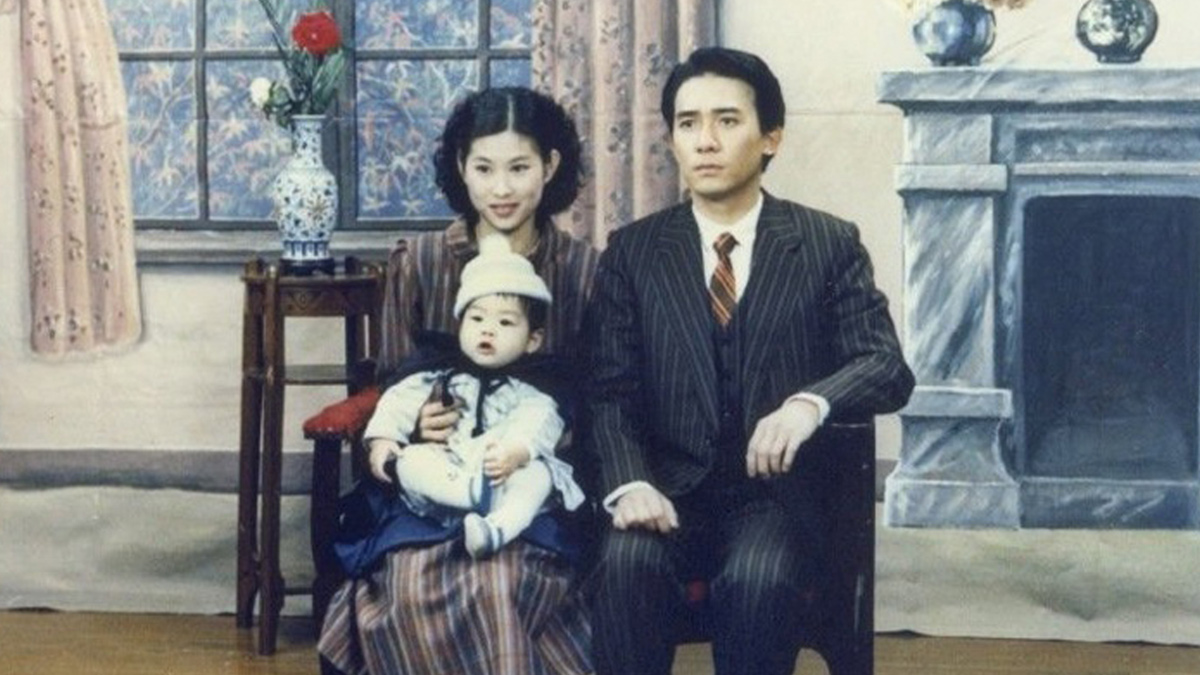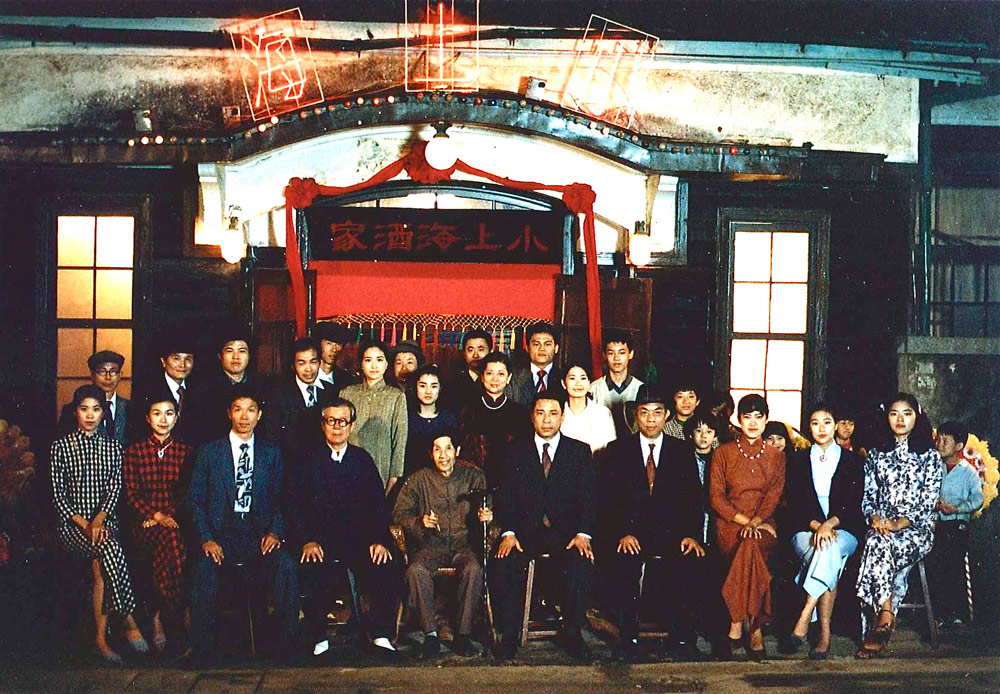
(C) Pia Co., Ltd.
“A City of Sadness” is an early collection of Hou Hsiao-hsien’s records of historical events in Taiwan.
2021.04.21
The first Taiwanese film depicting the February 28 Incident.
One thing everyone says about A City of Sadness is that it is the most important work in Taiwan's history. Not only because it was the first film to win a Grand Prix at an international film festival. This is the first film to depict the massacre committed by the Kuomintang Party in Taiwan on February 28, 1947, commonly known as the February 28 Incident.
The Hayashi family, the main characters of the film, are ``people from the mainland'' who came to Taiwan from the mainland and lived there before World War II. With the end of the war and the withdrawal of the Japanese military, everyone in Taiwan was filled with hope that a new Taiwan would finally begin. But their hopes are soon dashed. The Kuomintang government, made up of ``foreigners'' who had newly arrived from the continent, became the next ruler. Dreams of liberation are crushed, and people's dissatisfaction gradually increases. Then, on February 28, 1947, dissatisfaction with the Nationalist government exploded due to the crackdown on illegal cigarettes in Taipei. The government dispatches the military to suppress the citizens through violence.
The incident has long been considered taboo in Taiwan. The tragedy, which caused many casualties and caused a huge rift between ``foreigners'' and ``homelanders'', was avoided even being talked about. In fact, Hou Hsiao-hsien, a foreigner who immigrated to Taiwan with his parents at the end of 1947, said he knew almost nothing about the details of the February 28 Incident. On the other hand, Wu Nianchen, who has written the scripts for his works, is from the province. Wu Nianjin, who had already written the screenplay for `` Love Love Wind Dust '' (1987), depicting the world of Chinese people based on her childhood memories, grew up hearing about the genocide from the adults around her.

“A City of Sadness” (C) Pia Co., Ltd.
Fascinated by the story of post-war Taiwan, Hou Hsiao-hsien began writing the script for ``A City of Sadness'' with Zhu Tianwen and Wu Nianchen, who knew the details of the incident. However, it was not initially planned to deal with this case head-on. It was supposed to be a movie about the owner of a bar in Keelung in the 1950s looking back on the days of the February 28 Incident. The role of the hostess was played by Yang Lihua, who was at the height of her popularity in Taiwan at the time. Chow Yun-Fat, who was still just starting out, was also considered for the role.
However, in July 1987, a major change occurred in Taiwan. The martial law that had been in place since the February 28 Incident was finally lifted. As a result, various regulations were loosened, and the details of the incident became clearer. In that case, instead of looking back on the past indirectly, it would be better to directly depict that era. With enough materials in hand, Hou Hsiao-hsien and others rewrote the script to tell the story of the Lin family from 1945 to 1949.
After martial law is lifted, even greater political changes will occur in Taiwan. In January 1988, Chiang Ching-kuo, who succeeded his father Chiang Kai-shek and promoted the democracy movement, passed away, and Taiwan entered an era of power struggles in which politicians competed over concessions. In a bonus interview included in the Japanese version of ``A City of Sadness,'' the director explains that the society of 1947, where the story takes place, coincides with the atmosphere of society in 1988-89, when the film was made. Pointed out. As a result, the film became a record of two eras.
Shooting style that uses many fixed shots and long takes

